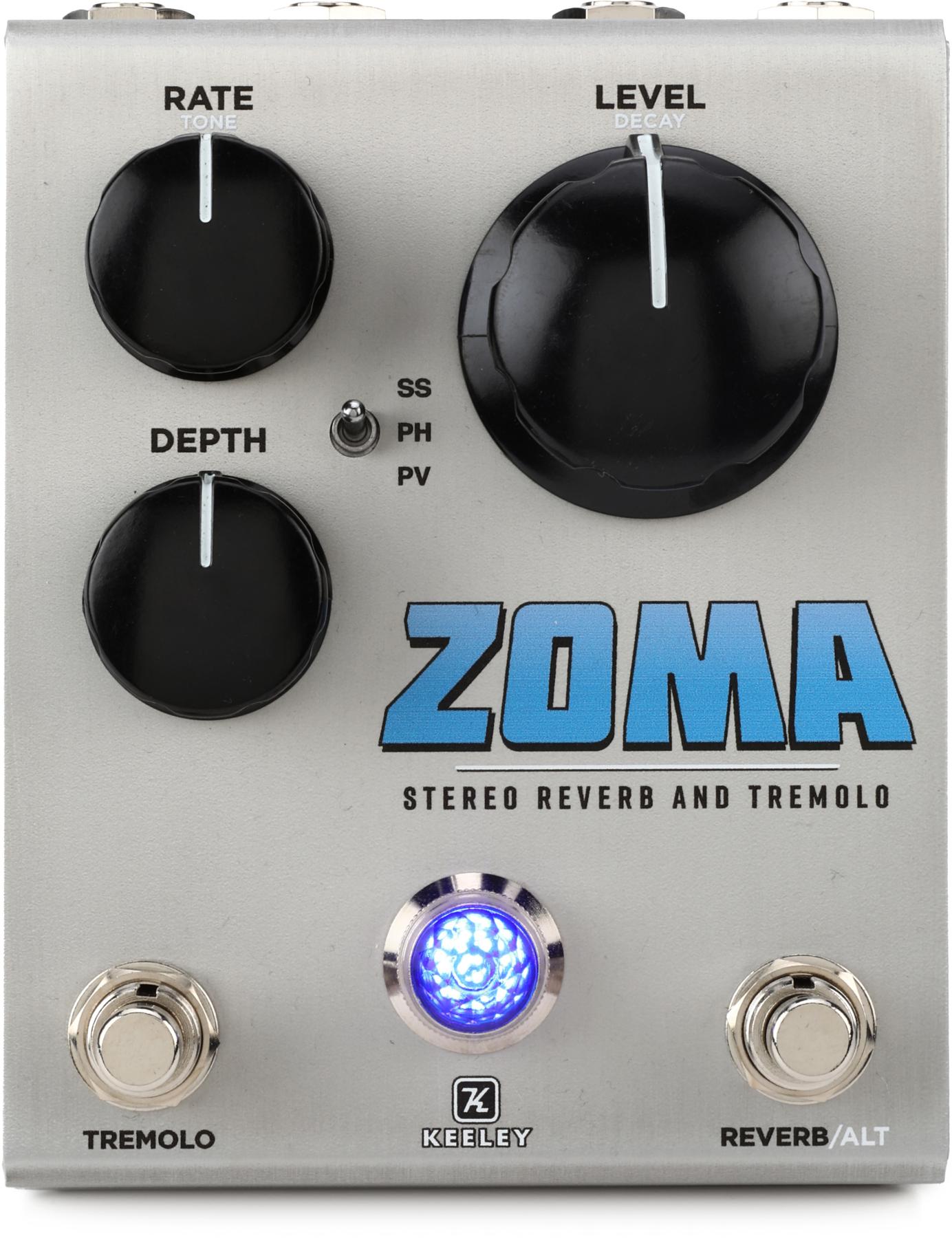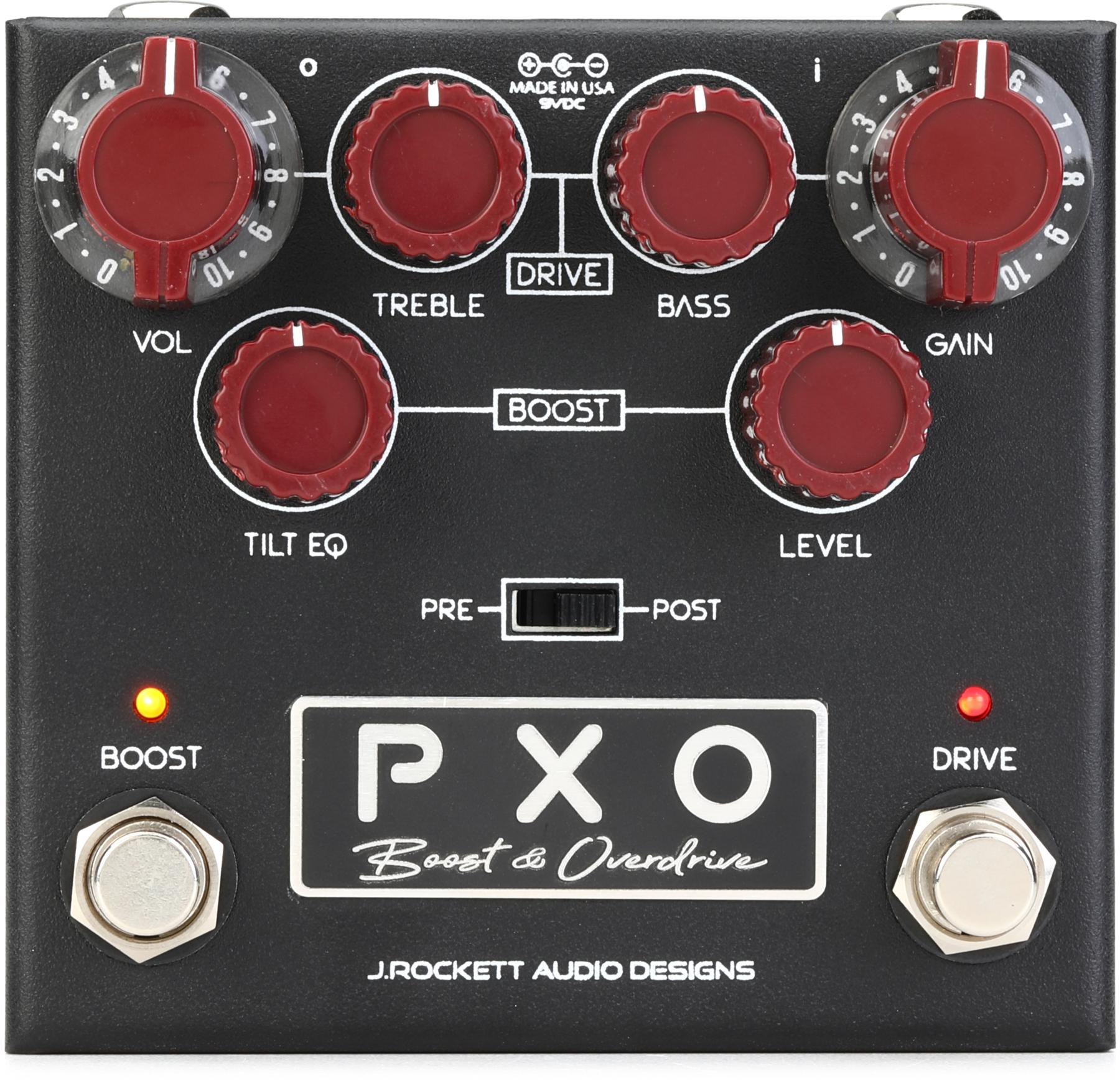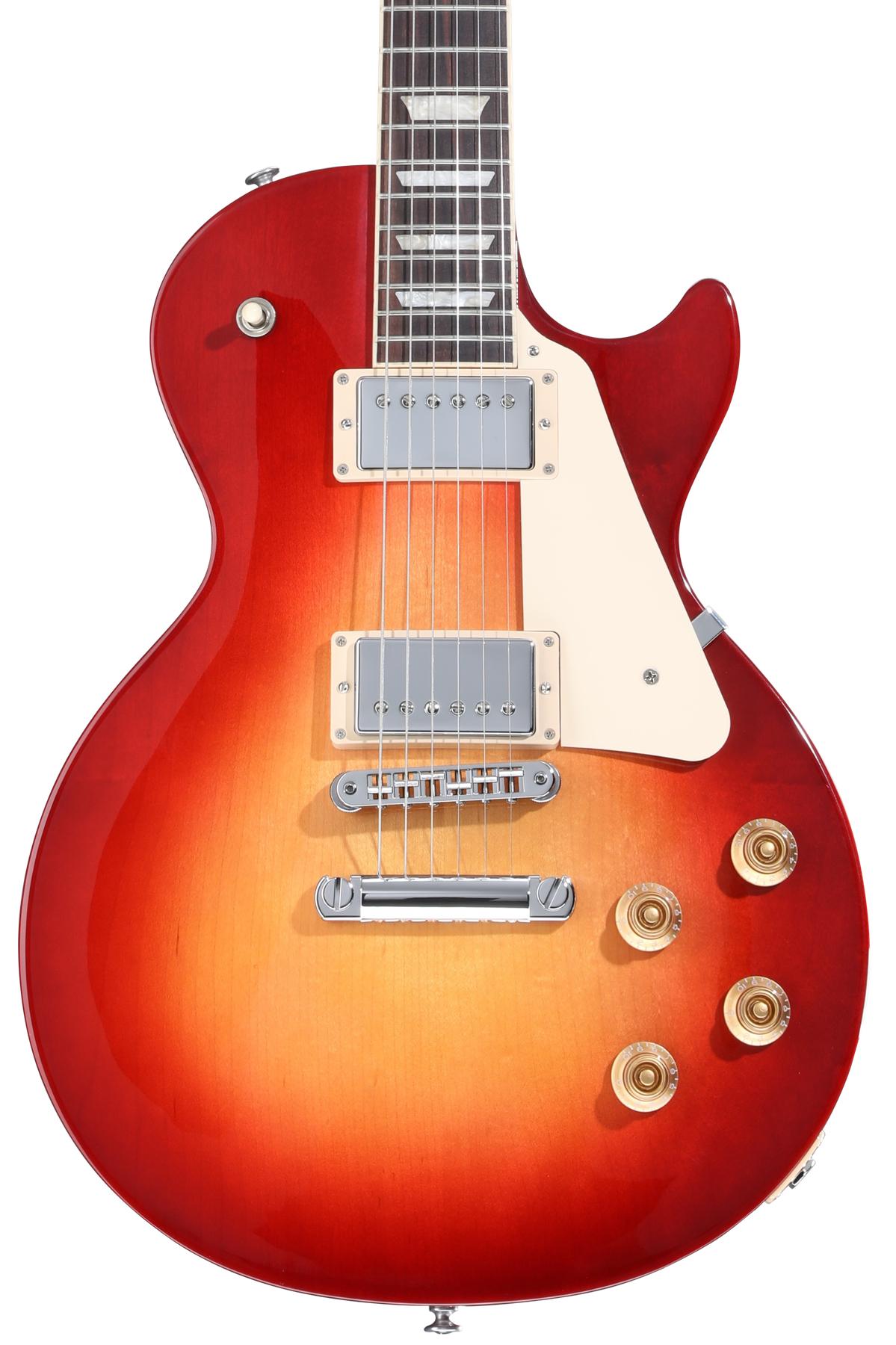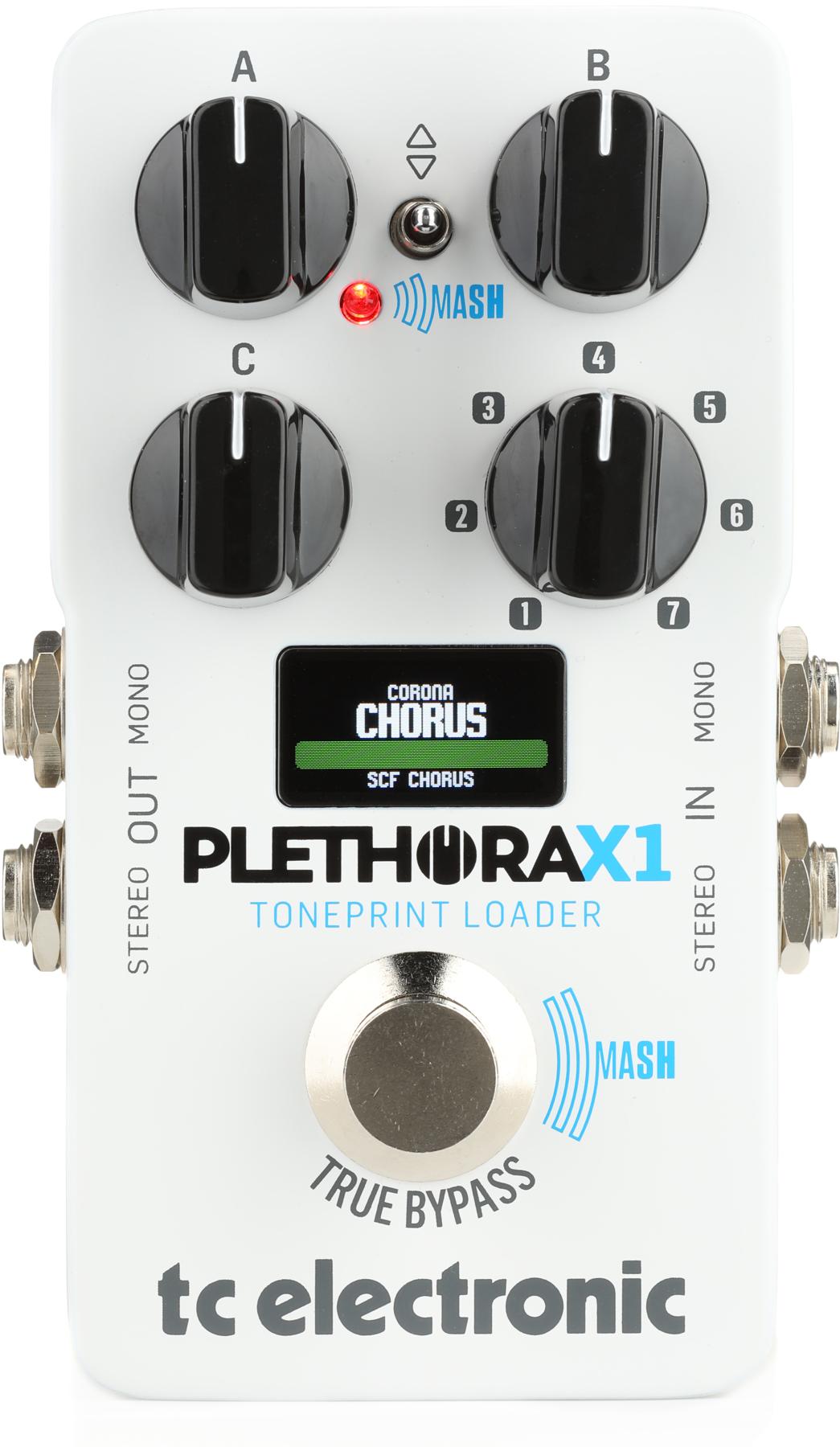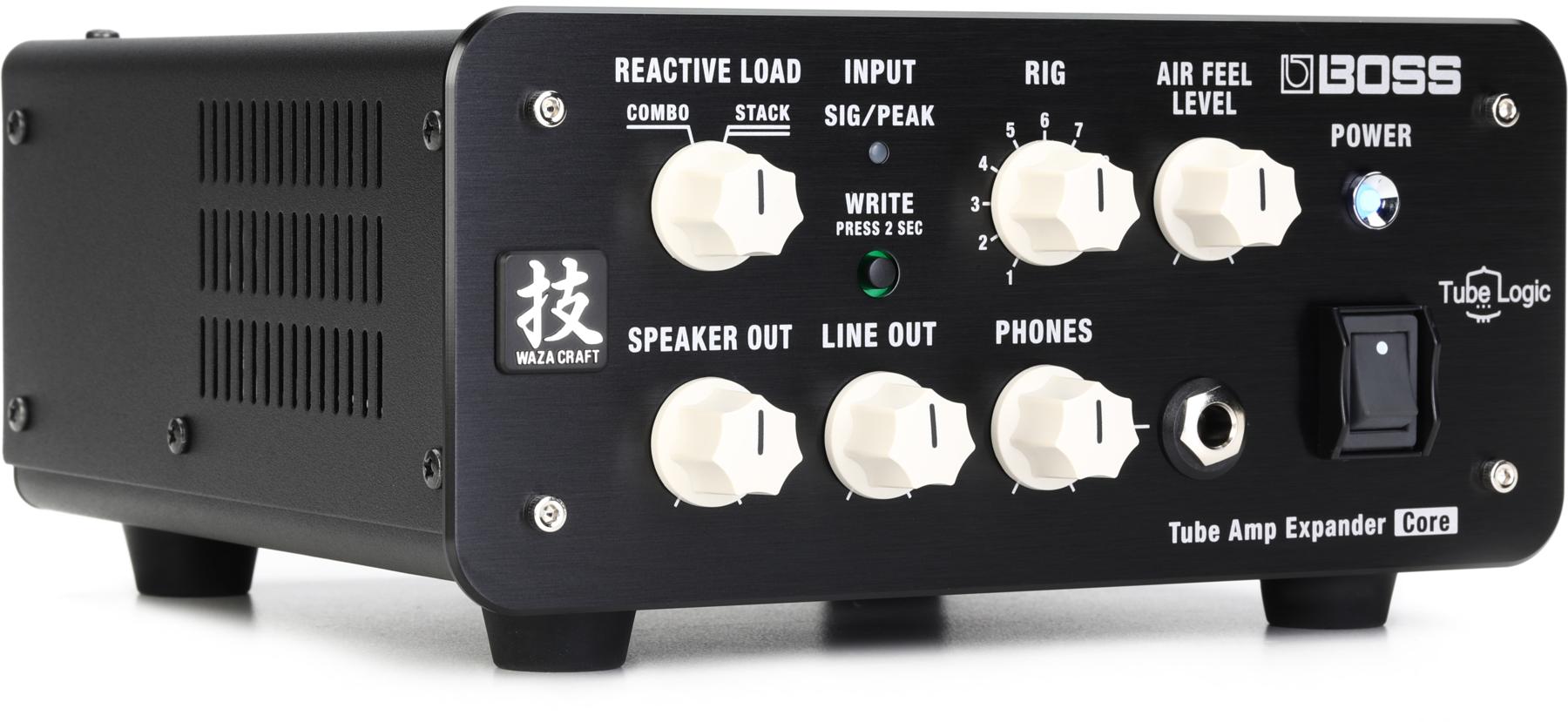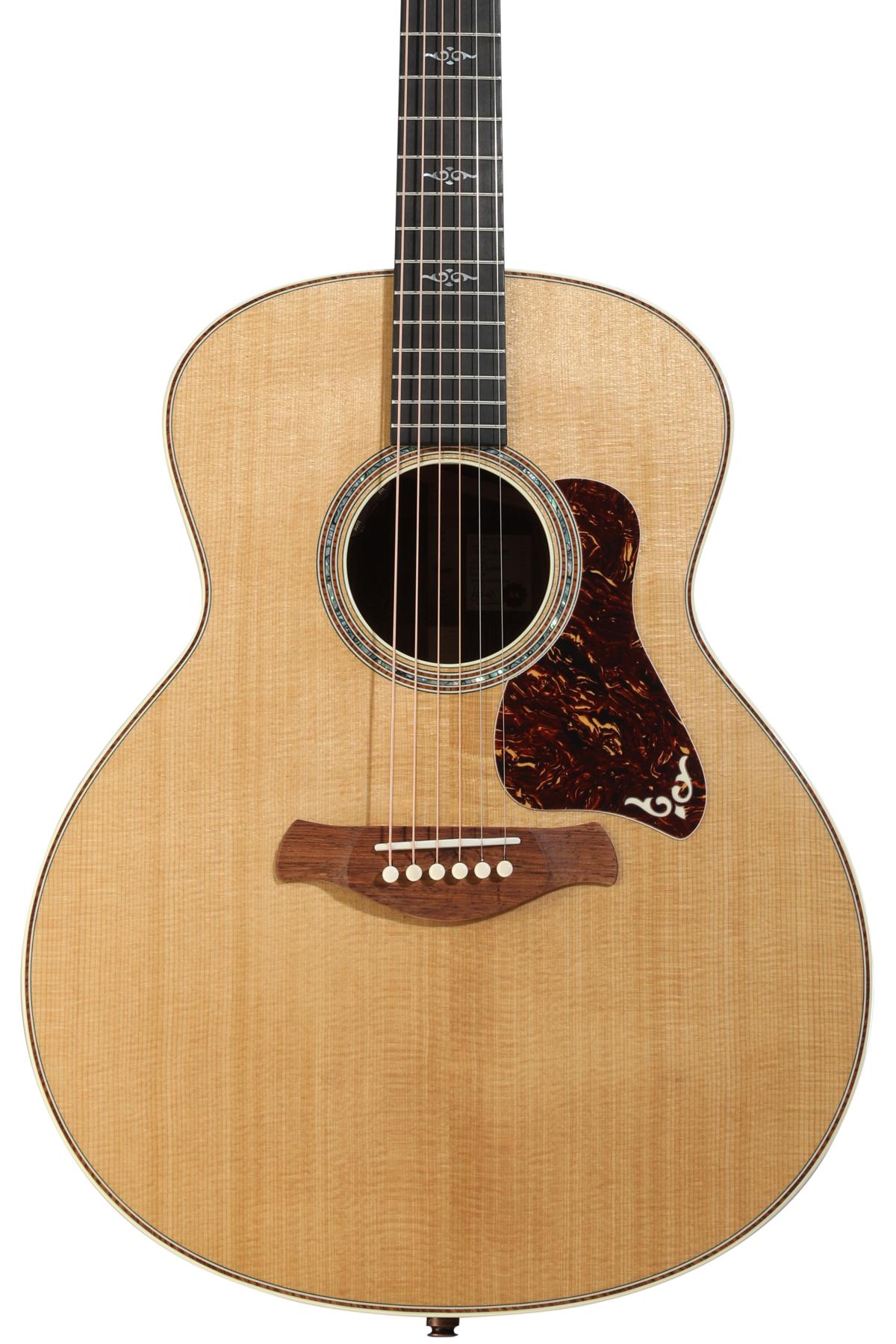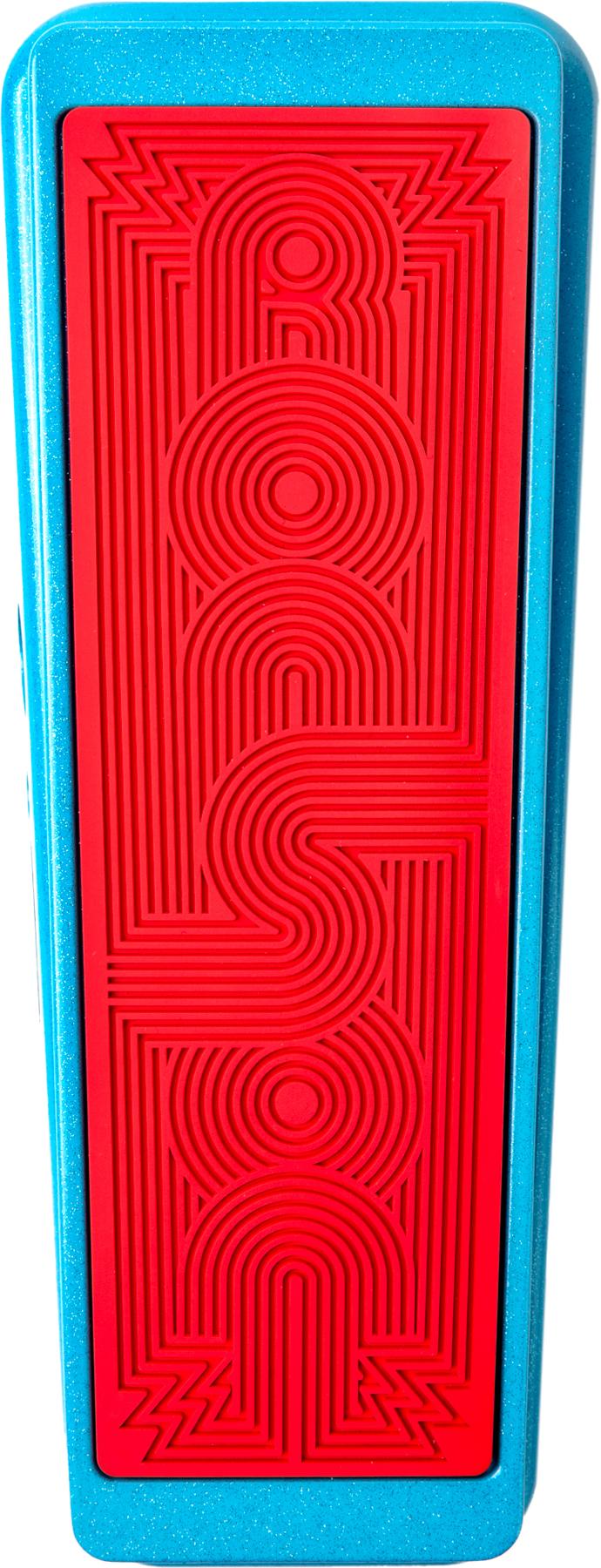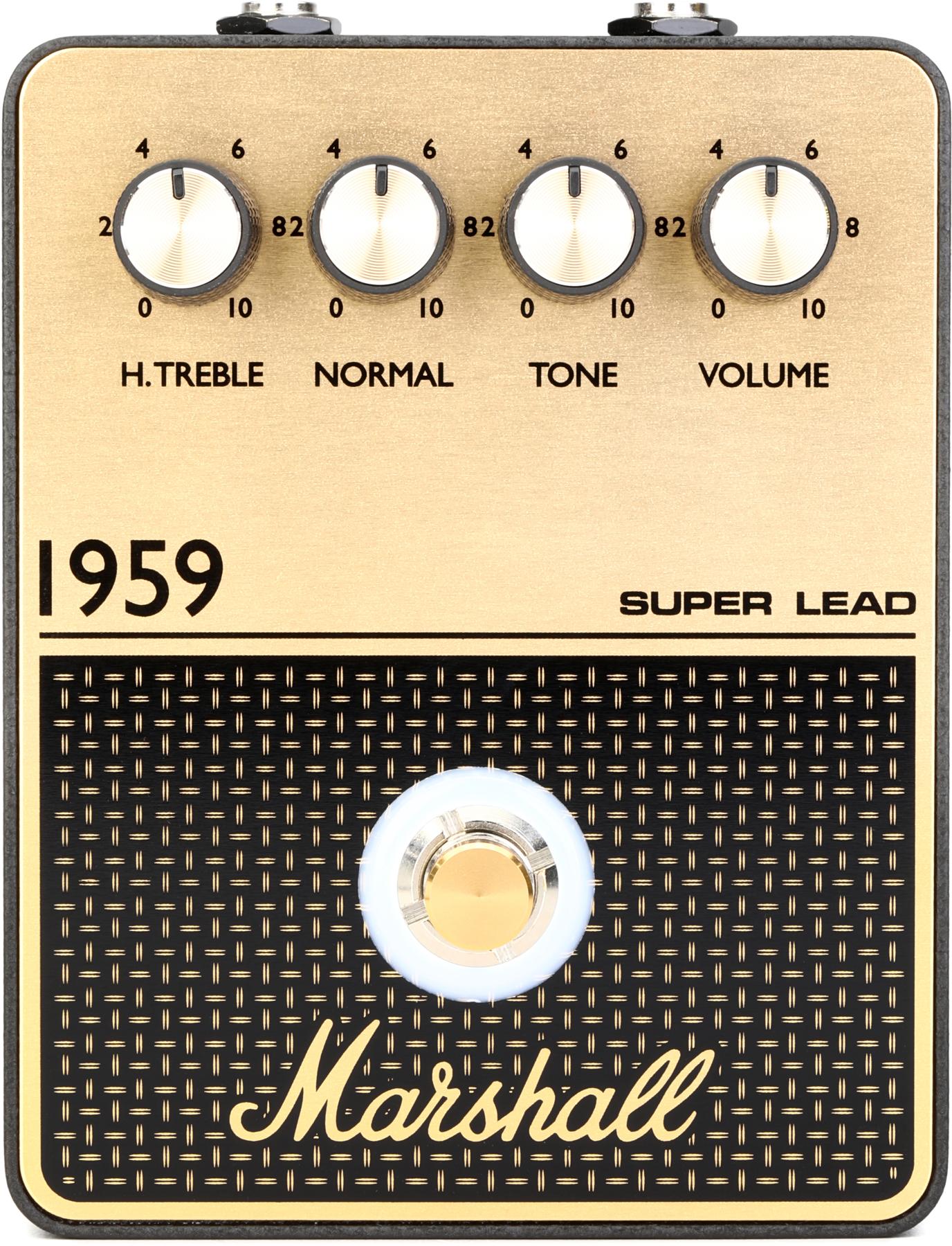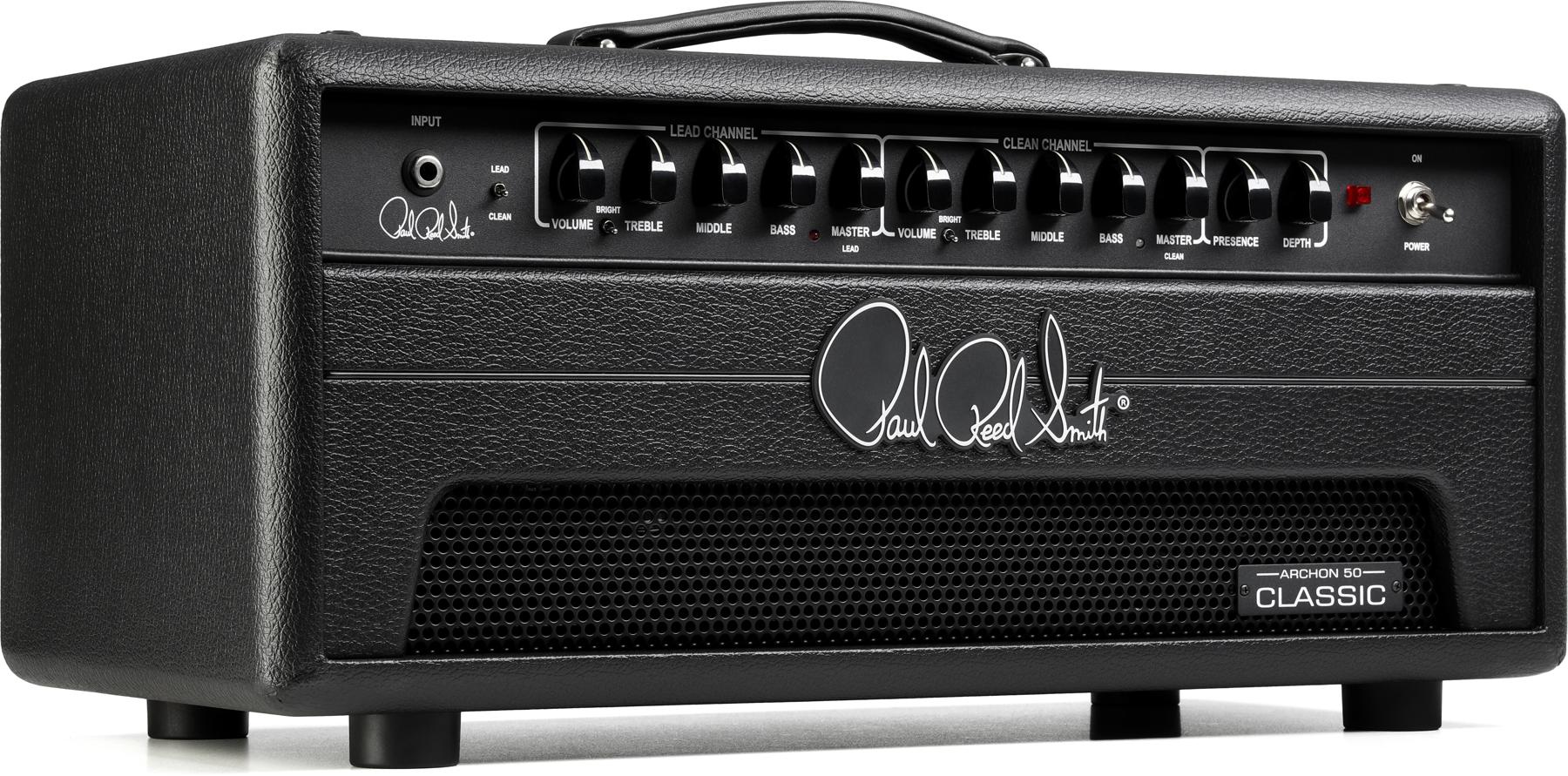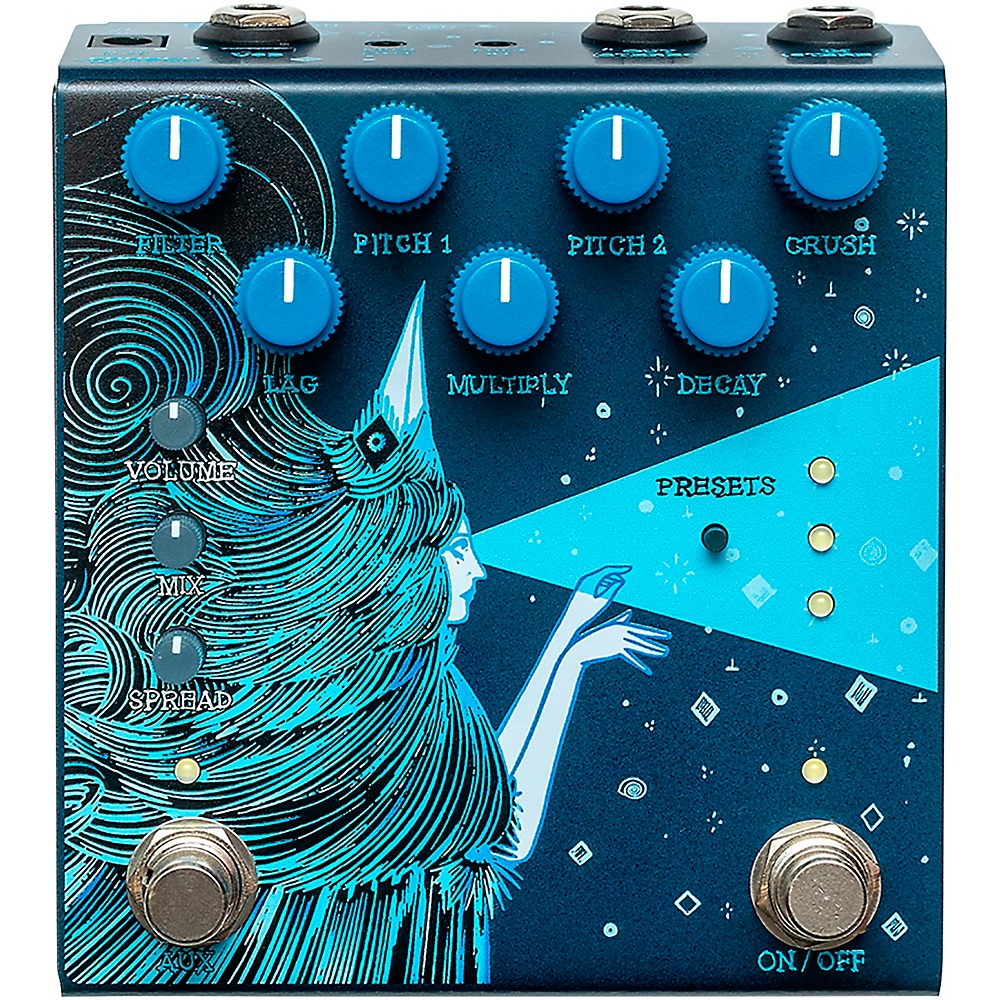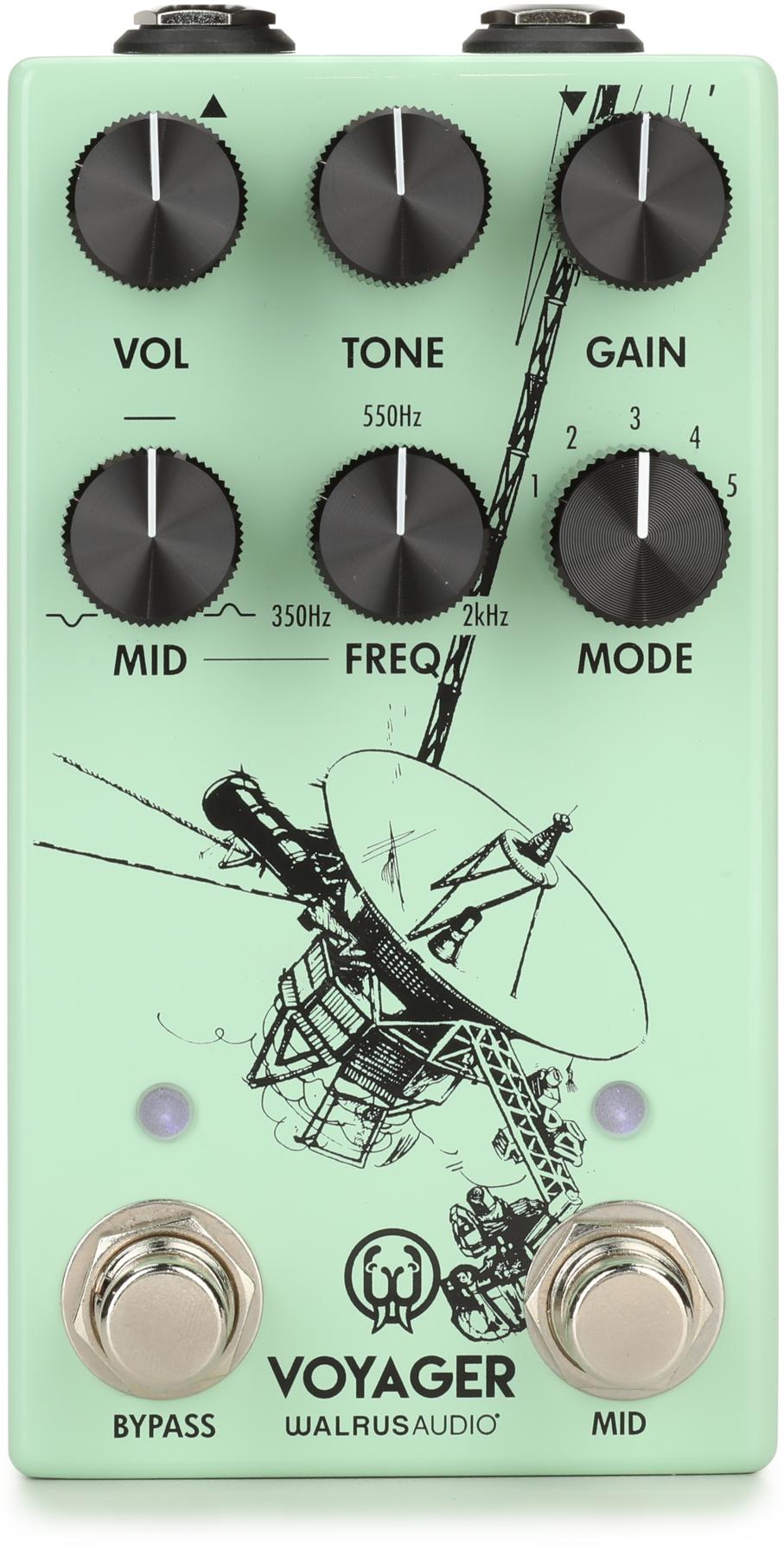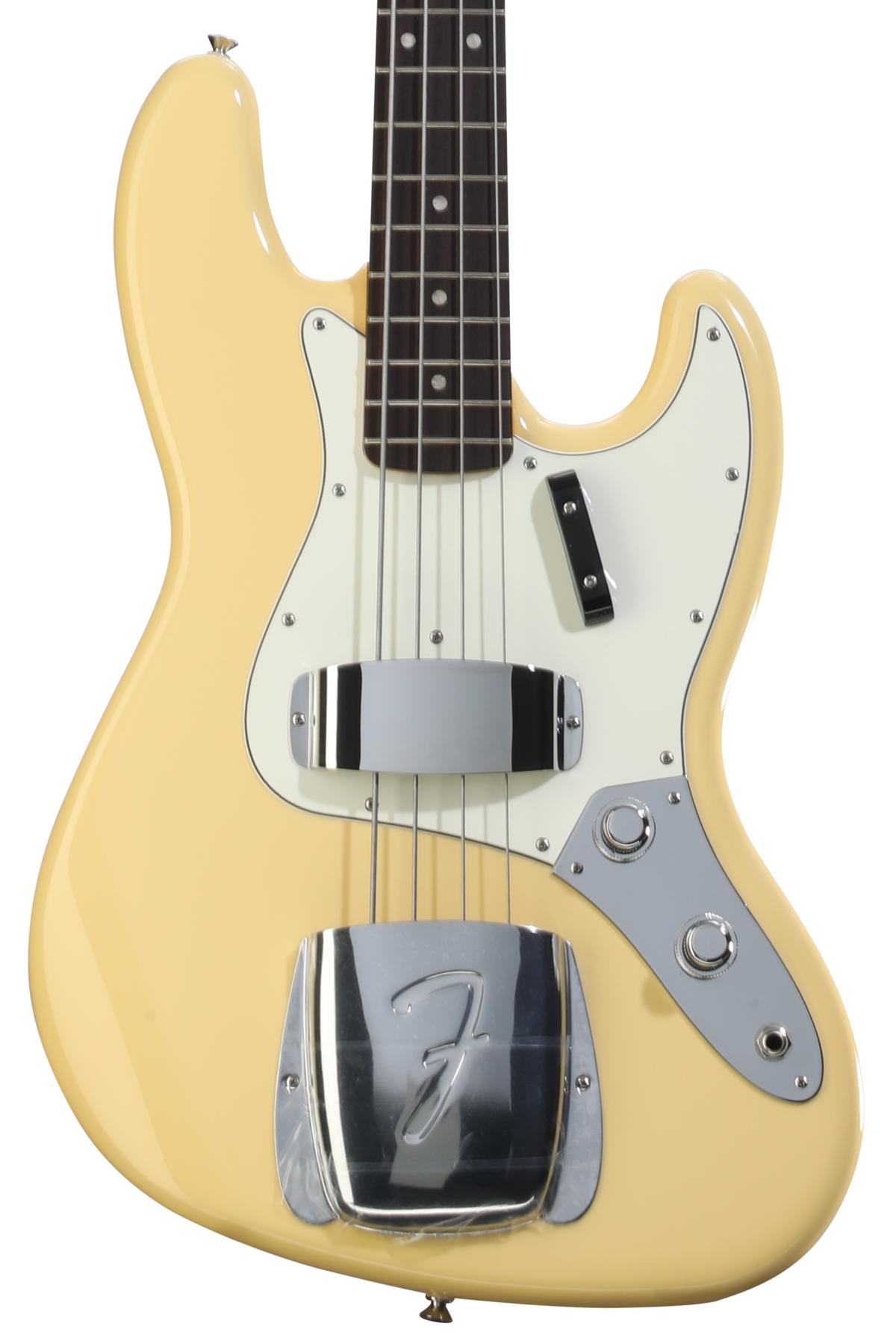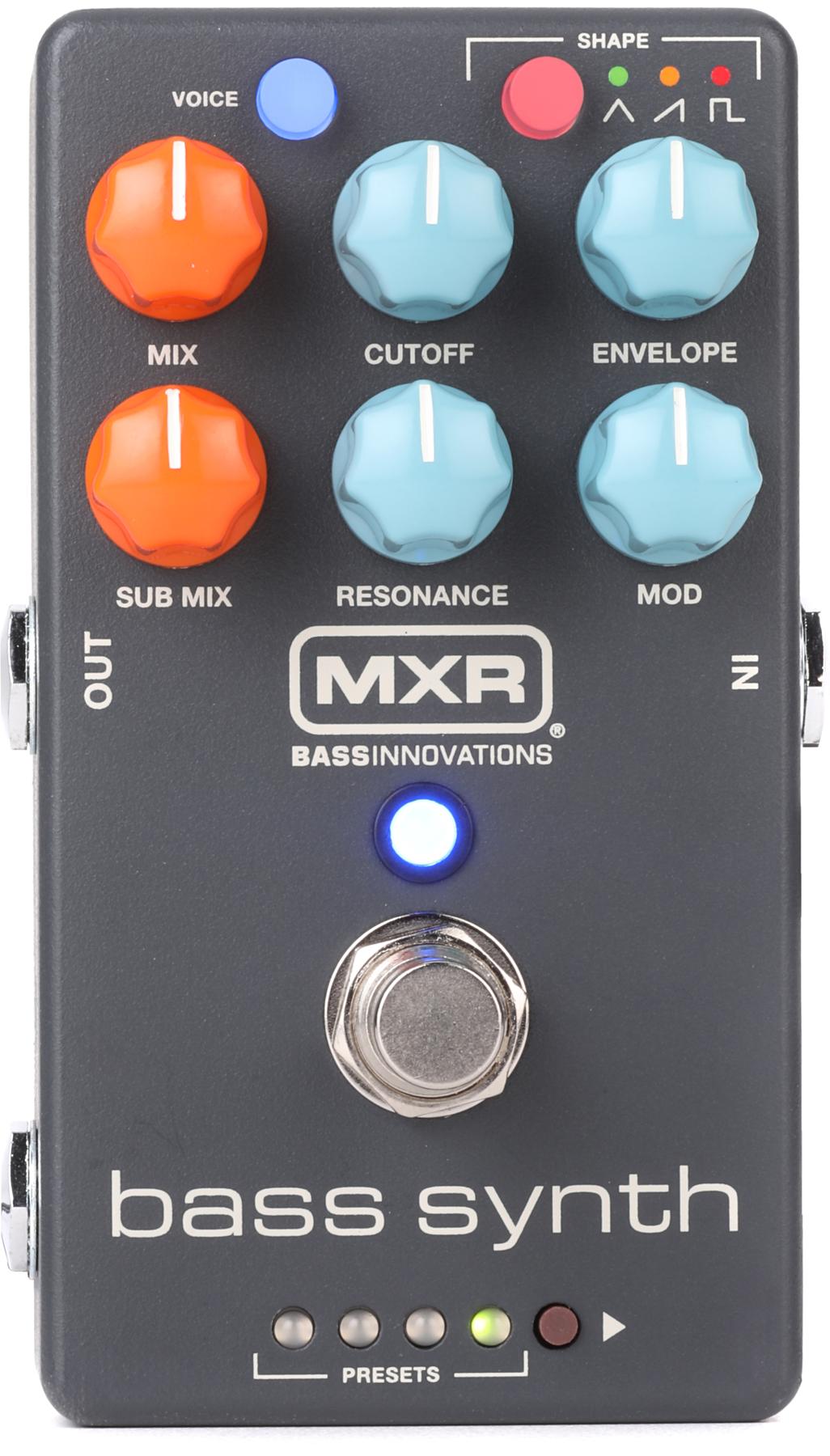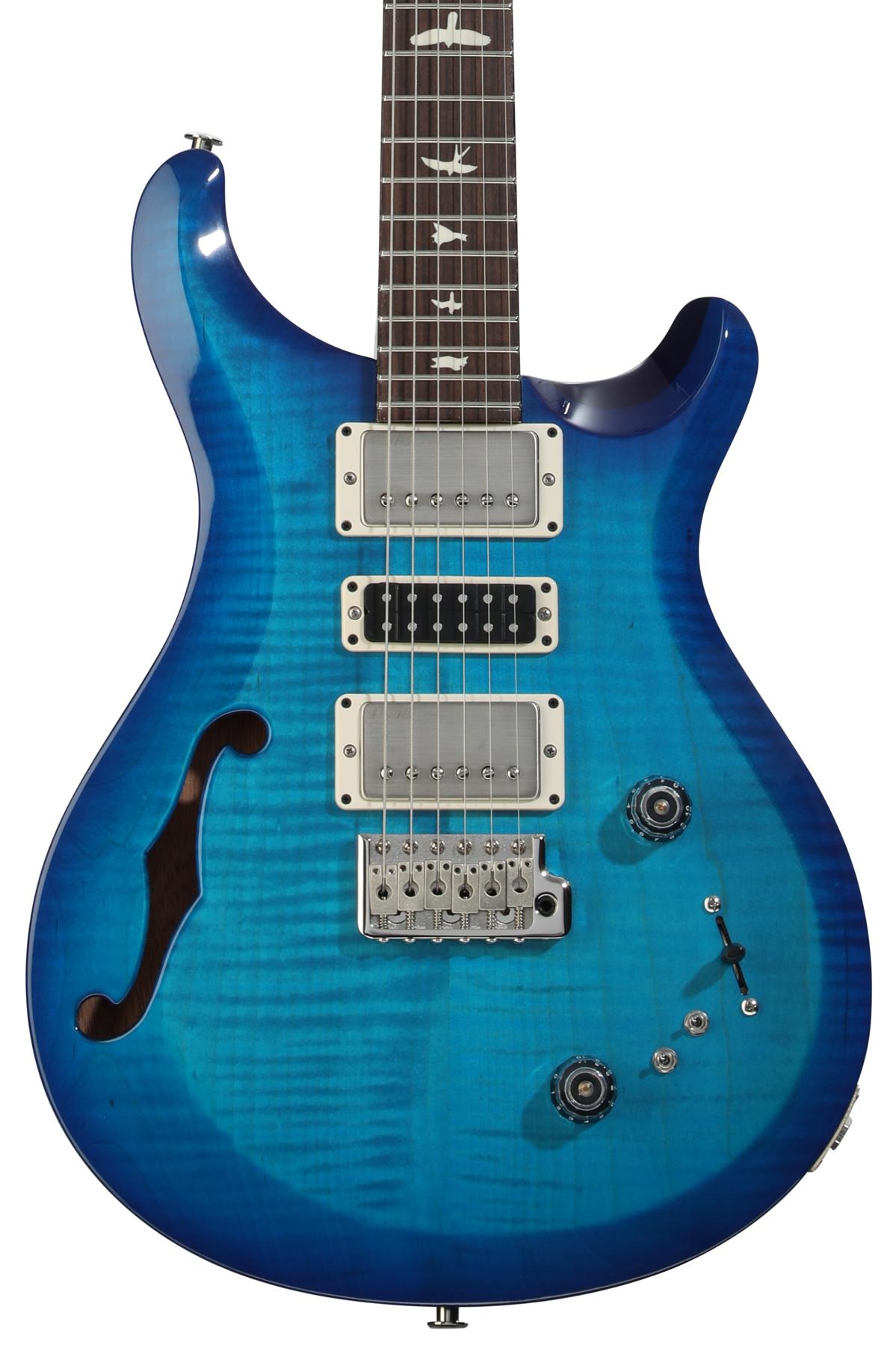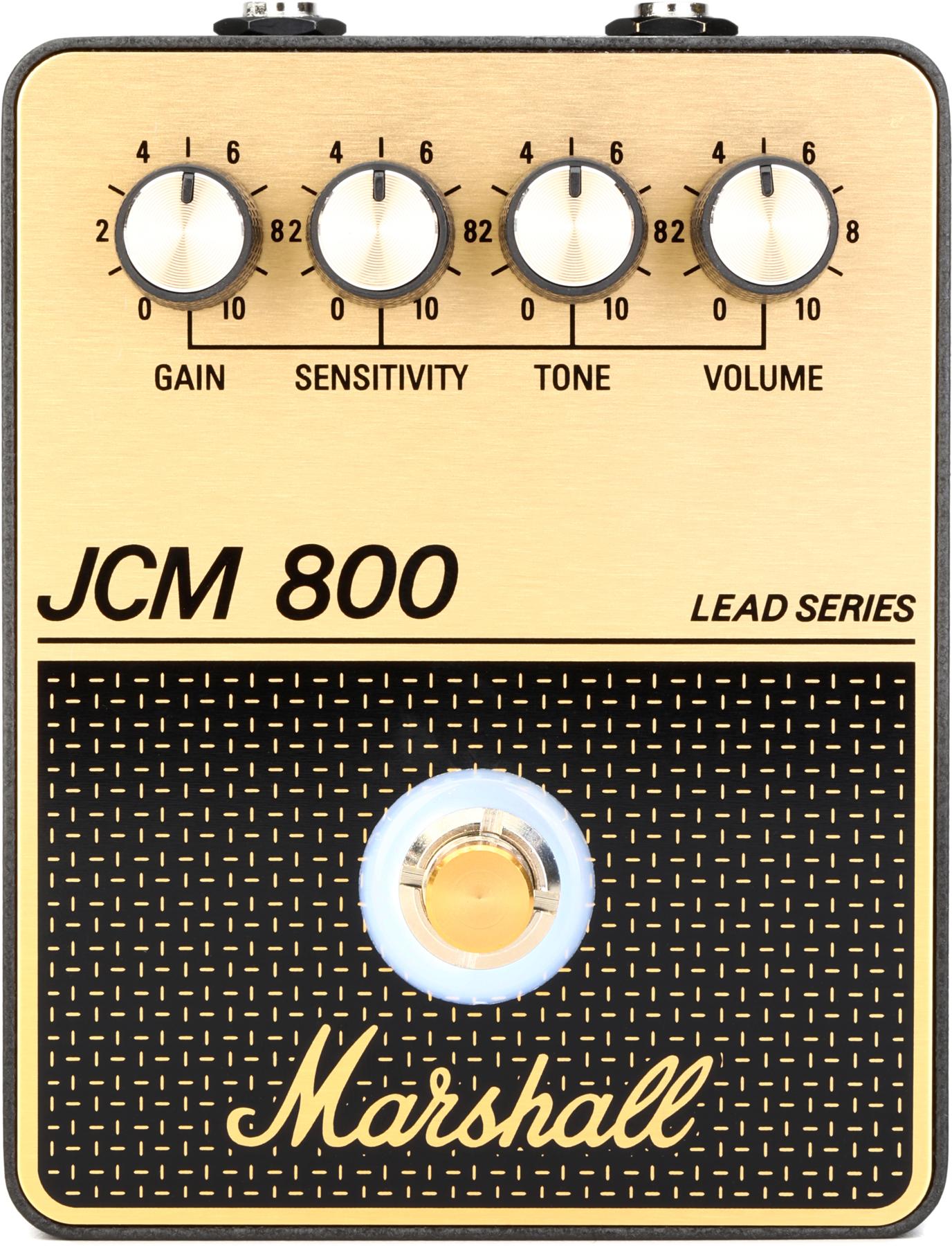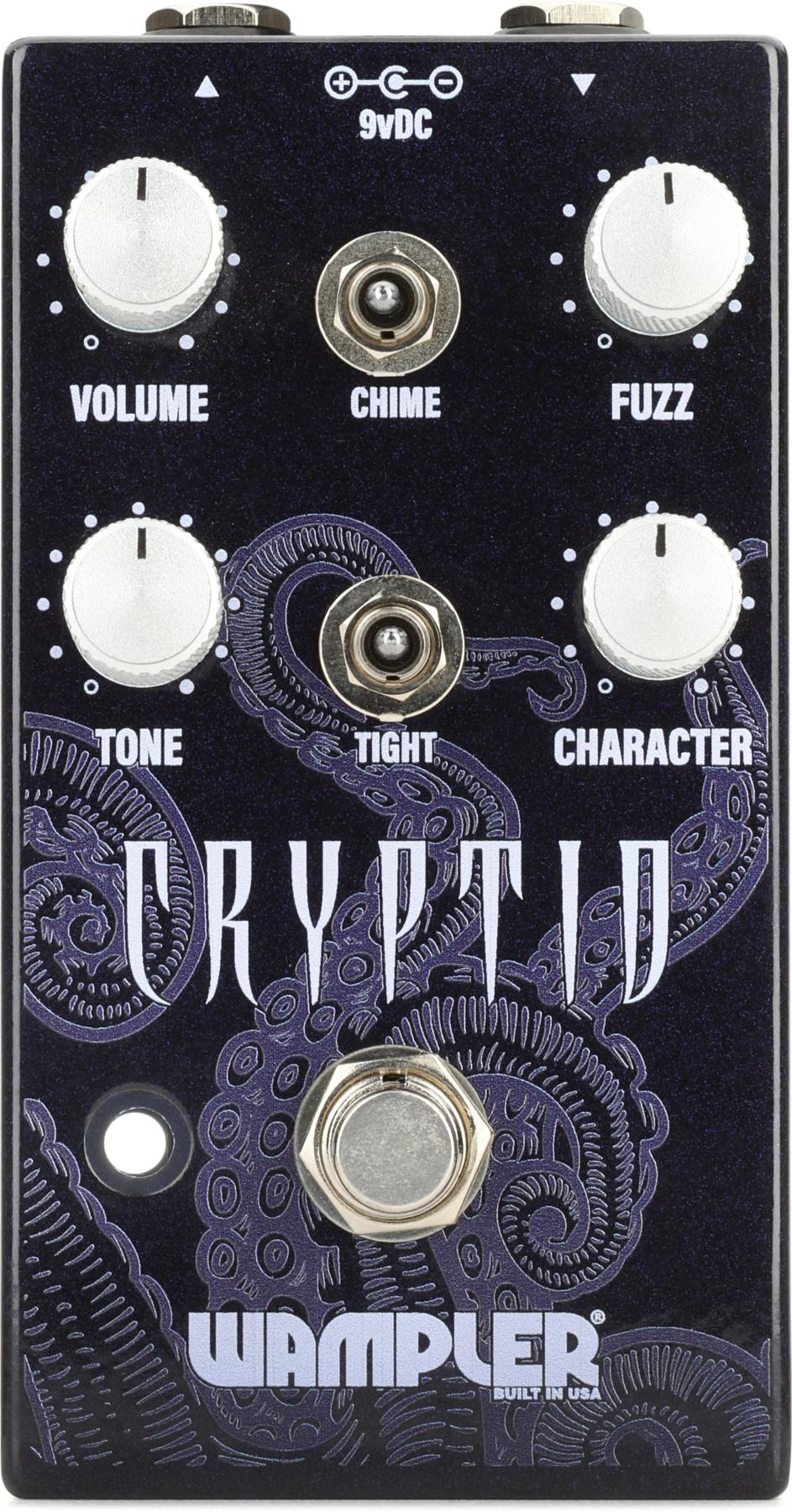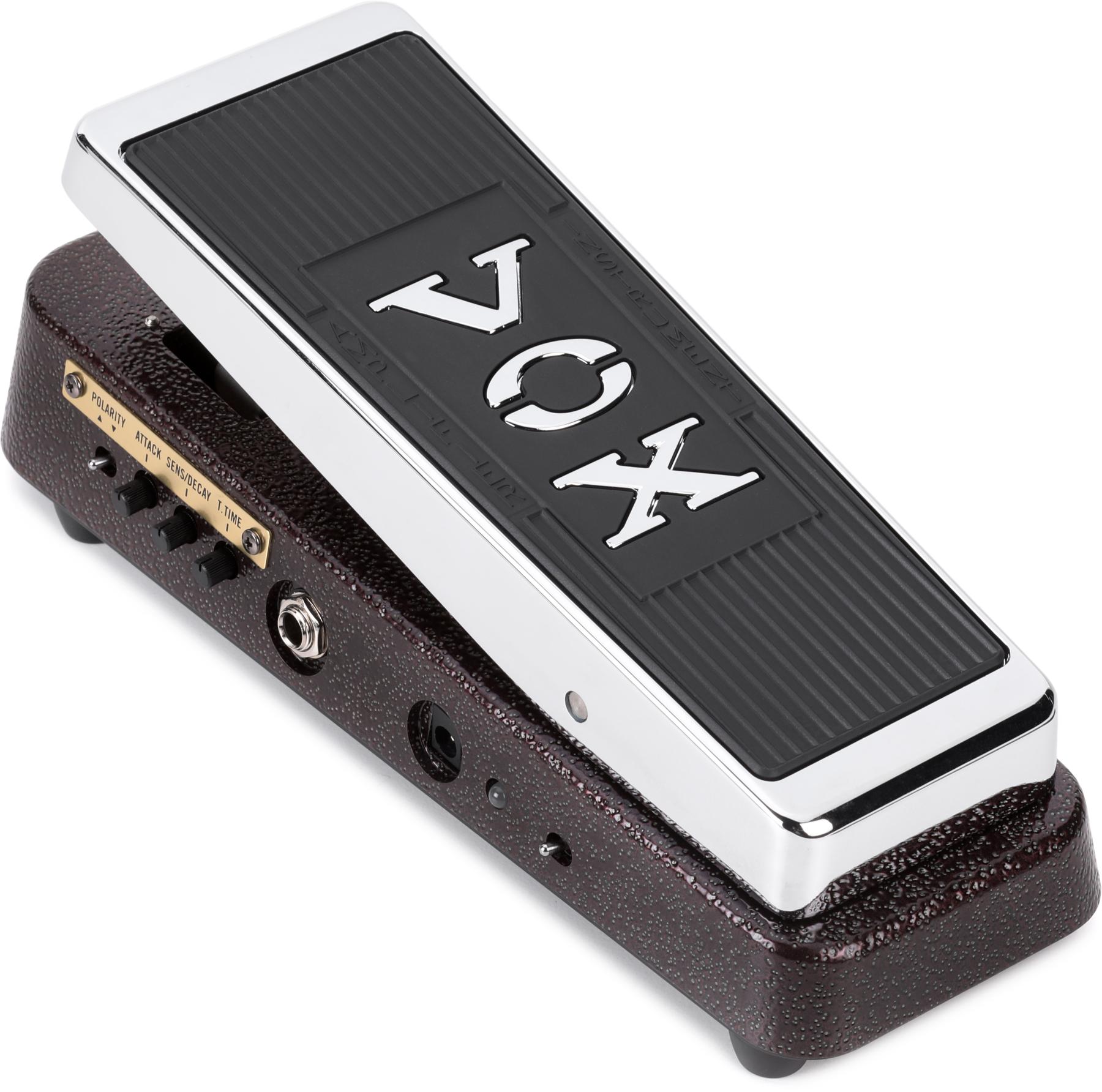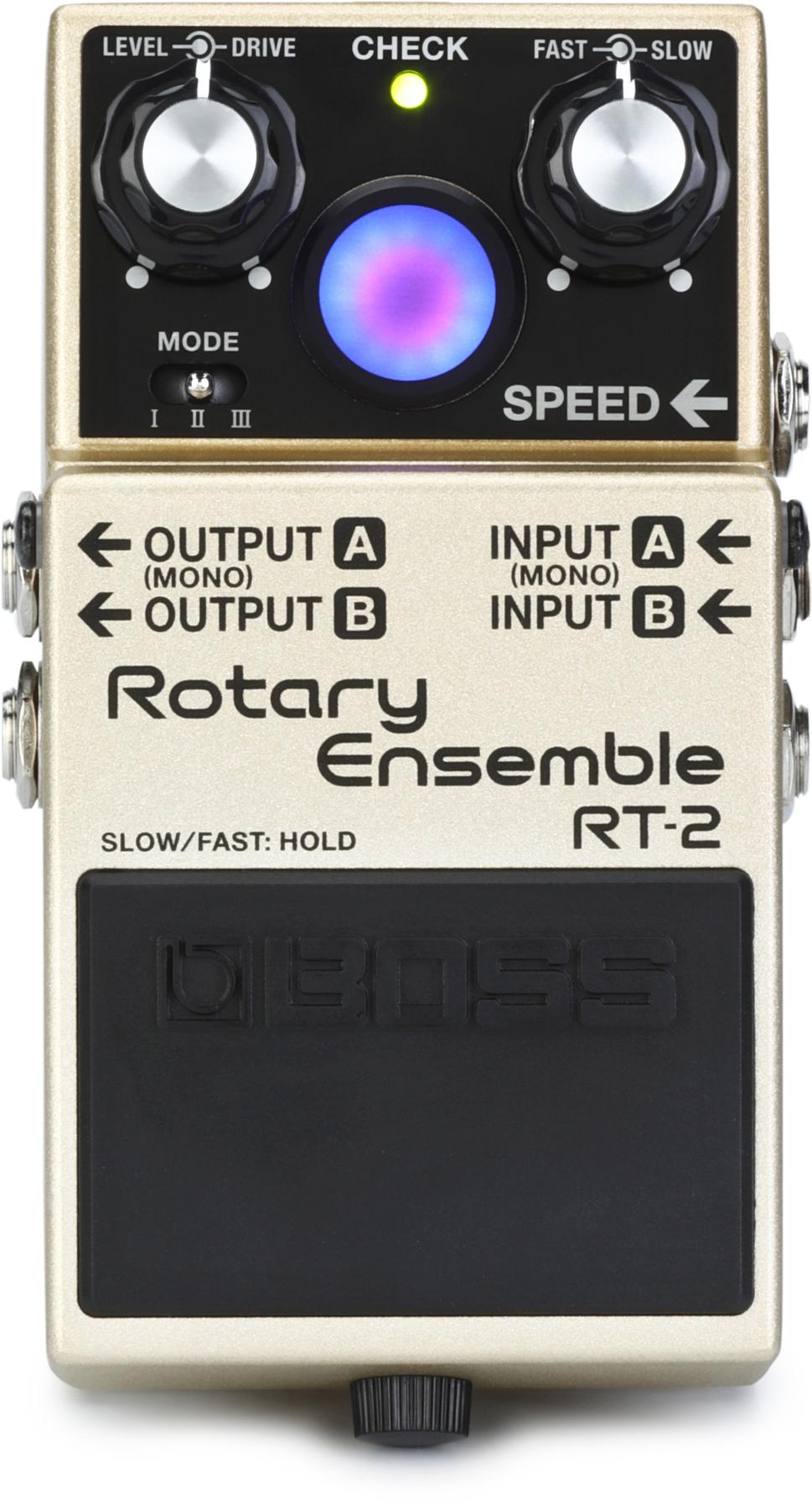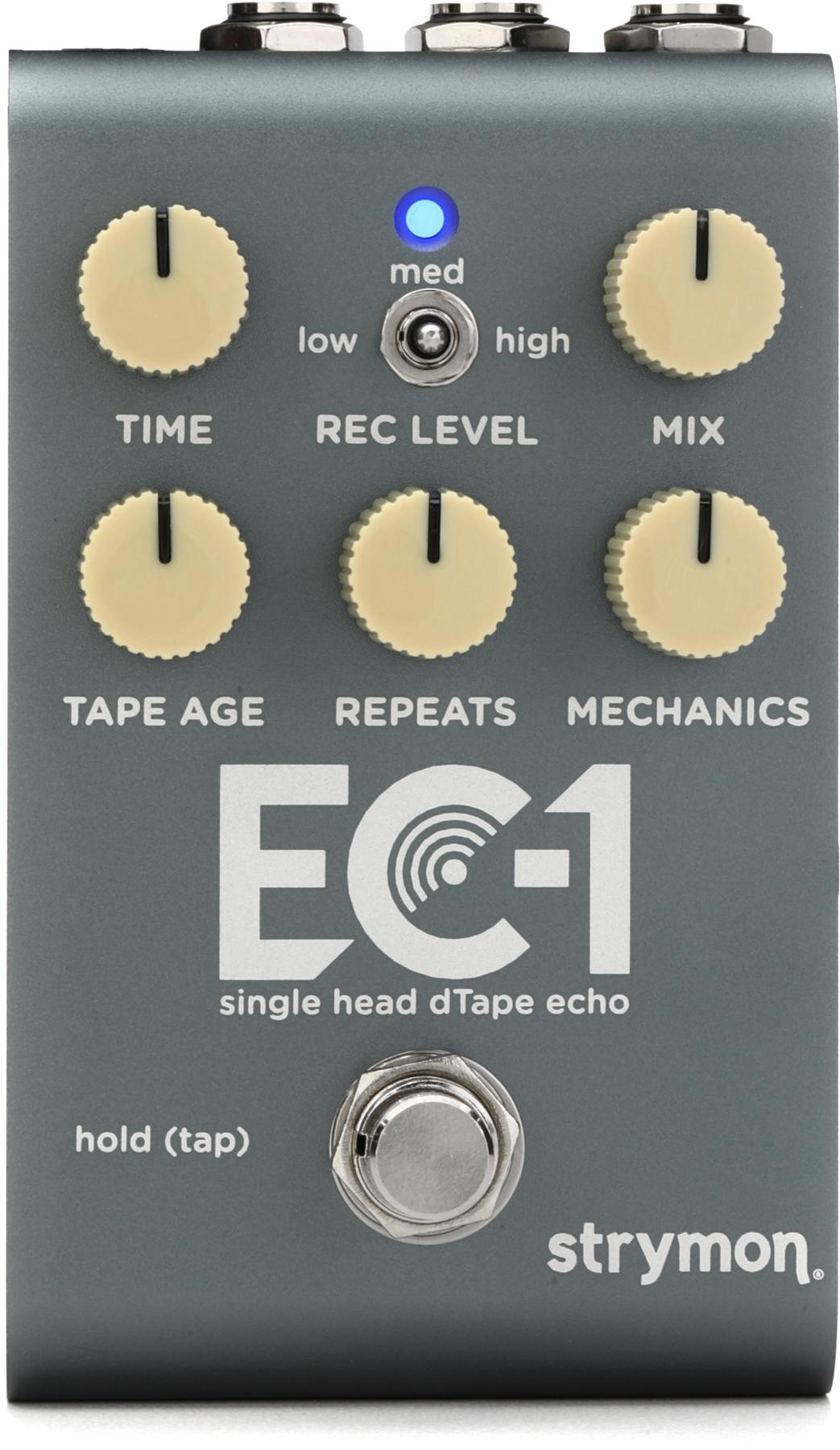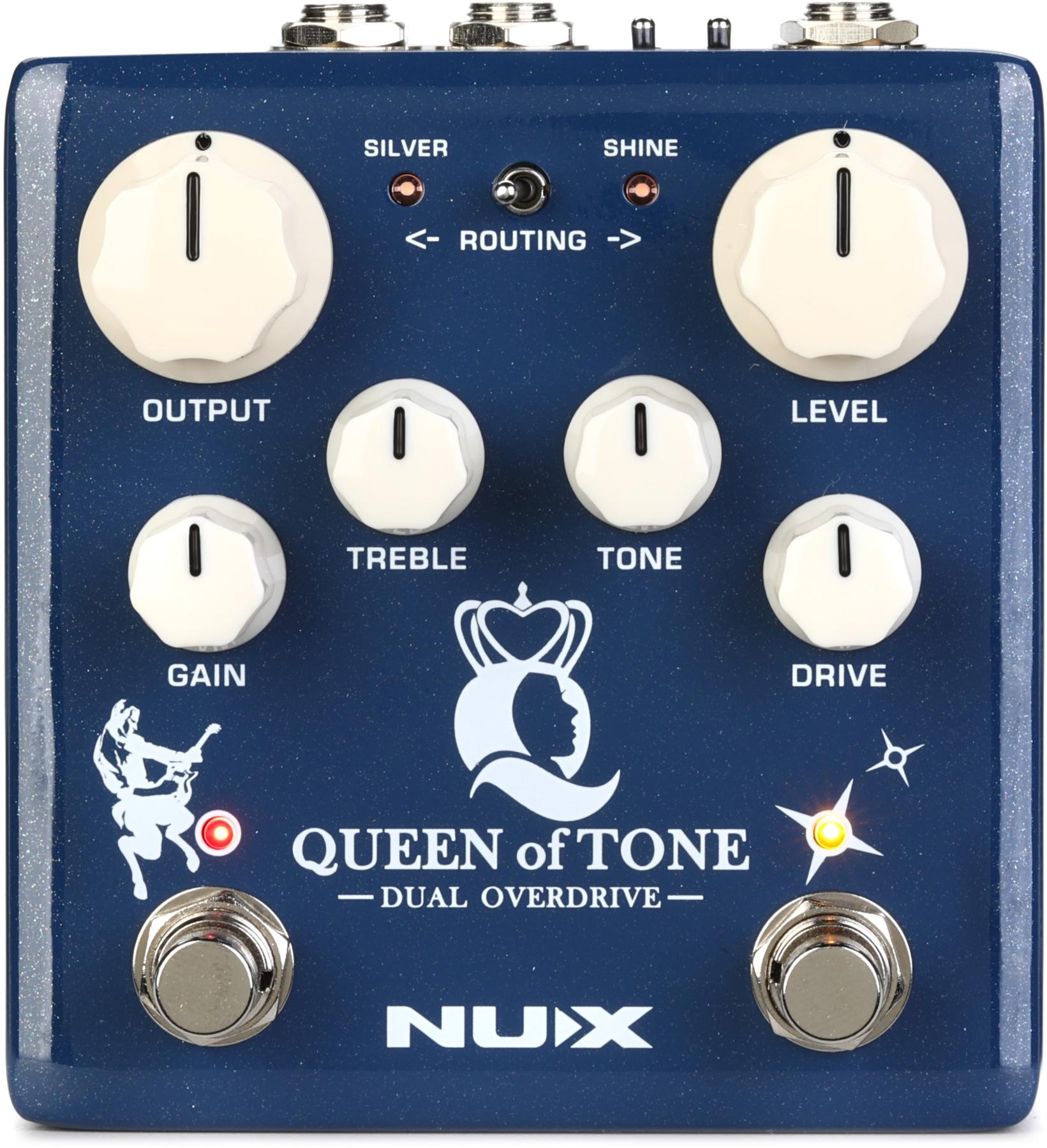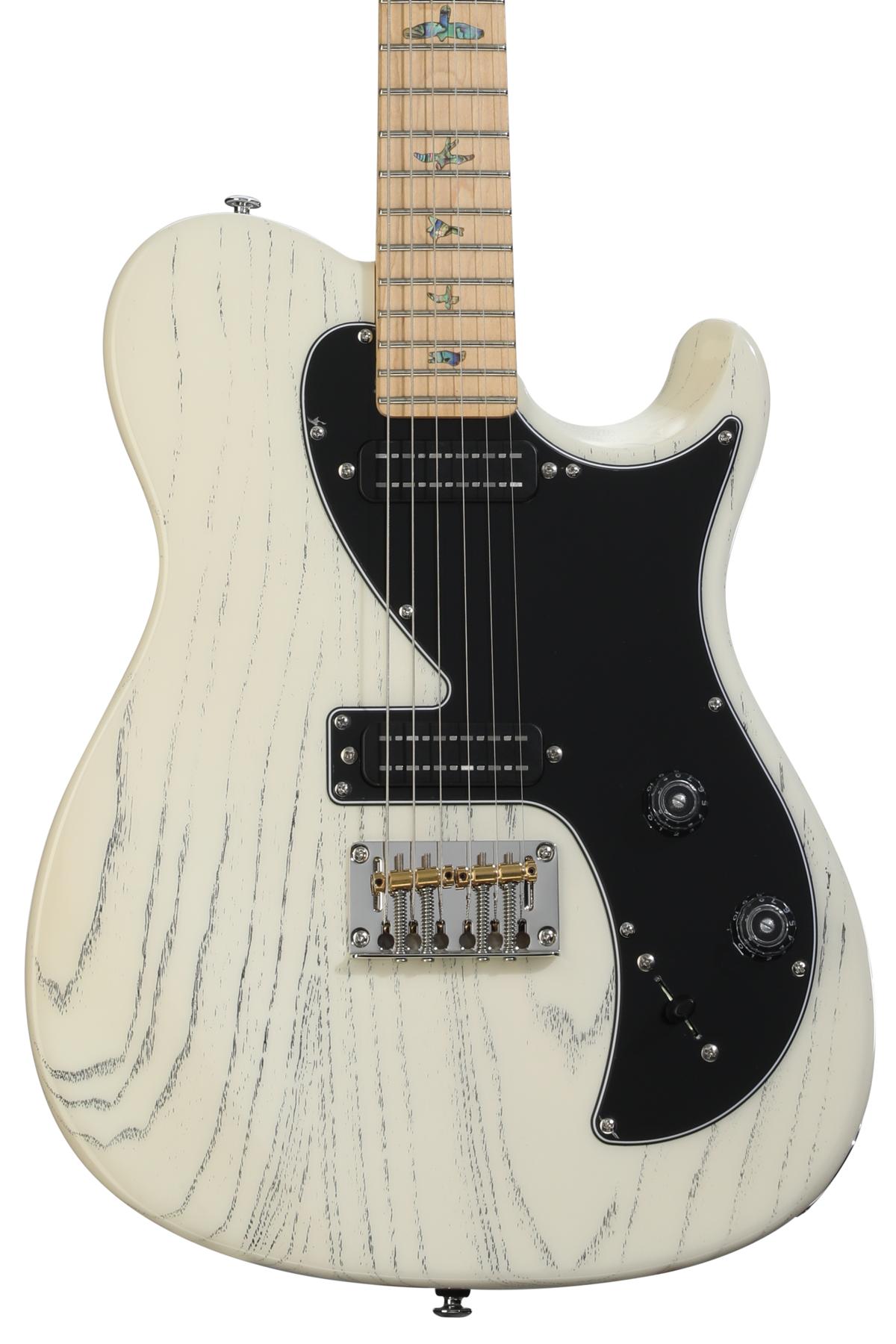With its oversized, comfortingly luminescent red lamp, dark finish, and diagonal control array, the latest from Danish stomp outfit LunaStone—the Deep Metal—is simple and handsomely evocative of WWII-era military electronics. And like said devices, its aesthetics belie the mayhem it unleashes. Innards consist of two PCBs that nearly run the length of the enclosure and face inward, thus concealing a view of the analog circuit's primary tone generators—a combination of clipping diodes and an op-amp driven by JFETs and BJTs (bipolar junction transistors). Designer Steen Grøntved says the goal of the Deep Metal was "an old-school heavy metal 'square sound.'" LunaStone certainly succeeded.
To test the manufacturer's claim that Deep Metal will make riffs and solos "sound huge" though a small combo, I employed an ESP LTD SN-1000FR with Fishman Fluence humbuckers and an Eastwood Sidejack Baritone DLX with Curtis Novak JM-WR pickups through a 2x10 Fender Vibrolux Reverb (sometimes along with a Fender Rumble 200 bass amp), and a 1x8 Fender Vibro Champ, in addition to Jaguar HC50 and Sound City SC30 1x12 combos.
Recorded with a Royer R-121 mic into an Audient iD44 interface with no EQ-ing, compression, or effects.
Clip 1: Eastwood baritone with Curtis Novak JM-WR bridge pickup into silver-panel Fender Vibro Champ. Level at 11 o'clock, tone at max, gain at noon.
Clip 2: ESP LTD SN-1000 with Fishman Fluence bridge pickup into a Fender Vibrolux Reverb, a Solidgoldfx Electroman MkII echo. Level at 2 o'clock, tone at noon, and gain at minimum.?
Clip 3: ESP into Vibrolux and Electroman. Bridge pickup, then both pickups, then neck. Level at 2 o'clock, tone at.max, gain at noon.
Clip 4: ESP, Vibrolux, and Electroman. Bridge pickup. Level at 2 o'clock, tone at minimum, and gain at noon.
Clip 5: ESP, Vibrolux, and Electroman. Bridge pickup. Level at noon, tone first at 3 o'clock, then at max, and gain at max.
Huge, But How?
Deep Metal's simple control set features just a soft-touch footswitch and level, tone, and gain knobs. As you might guess from its name, Deep Metal's lowest gain output is still fairly aggressive. And it's at minimum dirt that the pedal's most unusual characteristic—a slightly pulsating decay as notes fade—is most obvious. In most players' experience, this will likely feel quite unlike the response from tube amps. But the good news is that this somewhat industrial-sounding (for lack of a better term) characteristic in the decay sits well in the background—far enough to avoid being distracting. At minimum gain, Deep Metal also yields surprisingly dynamic, mellower sounds as you rein in your guitar volume.
Satisfying as the low-gain sounds can be, Deep Metal isn't about mellow. And, fortunately, as you increase the LunaStone's gain, the slight anomaly in the decay fades away, leaving in its wake a range of cascading, highly saturated classic-, thrash-, death-, and black-metal tones that cranked Marshall and Boogie fans will be at home with. To test how transformative Deep Metal can be, I began with the Fluence-outfitted ESP and my silver-panel Vibrolux Reverb set to clean tones and a middle-of-the-road EQ. Even with the cleanish Fender combo, Deep Metal facilitated everything from soaring, effortless legato runs to deep, chunking dissonance. But I was most impressed when I switched to the even smaller Vibro Champ and my Eastwood Sidejack, whose Jazzmaster Widerange pickups sounded both brutal and crystalline through the LunaStone. With a good mic, you could track an album's worth of evil through a rig like this, and the average player might never be wise to the fact that you didn't use big heads and 4x12s.
The Verdict
Apart from that odd decay at low gain, the LunaStone Deep Metal's only other slight shortcoming is its simplicity. While it delivers on the promise of making smaller amps sound big and mean, without a 2- or 3-way EQ, it's harder to get the balance of cut and body you might need when routing Deep Metal to a thumping 4x12 or both a guitar amp and a bass amp. Even so, Deep Metal puts forth a healthy range of big tones with no need for a menu or interface deep dive. For many of us that's a huge, huge plus.

















